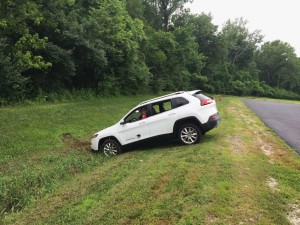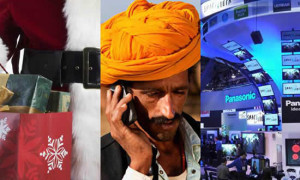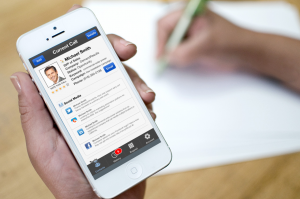3FER: Moto Me!, Amazon smart buttons & killing a connected Chrysler

As a newly minted Chicagoan, it’s great to see a local company gain some mobile street cred. I’m now tempted to finally become an Amazon Prime member. And I’m glad that I decided against purchasing that new Jeep.
[br]
#1: Moto Me! Motorola had a great week.
Glad to see positive media coverage coming from Chicago instead of Cupertino for once. A year after its breakup with Google, Motorola has shown it can still innovate:
- The new Moto G proves that it understands the needs of emerging market consumers. (Doesn’t Apple still push the iPhone 4 in India?)
- The Moto X will offer a better battery and camera than the iPhone 6 at half the price. And Motorola’s direct-to-consumer push eliminates carrier bloatware and draconian controls.
- The new Moto Pulse and Moto Surround headphones offer battery life and range unmatched by others. And they even made dramatic improvements to the Moto Hint.
(Full disclosure: I’m a Motorola fan boy who owns a Moto X, 360 and Hint.)
Motorola Announces Moto X Style, Moto X Play, and Moto G (Droid Life)
We All Need Motorola’s Direct-To-Consumer Approach With the New Moto X to Succeed (Droid Life)
Motorola also outs Moto Pulse and Moto Surround wireless headphones (GSMArena)
Motorola quietly launches 2nd generation Moto Hint headset (GSMArea)
[br]
#2: Amazon releases a Dashing connected device.
Mastering context is critical when it comes to mobile engagement. Achieving it is also damn near impossible for consumer packaged goods (CPG) marketers.
So when Amazon partnered with CPG brands to capture those mobile moments, magic happens. Starting this week, Amazon Prime customers can buy Dash Buttons at $5 a pop. (Why aren’t free?)
These handy, branded devices will place set orders for more Tide detergent, Huggies diapers and a range other products with a touch of a button. You confirm all orders online or with their mobile app. So your cute kids can’t order a surprised pallet of mac and cheese.
Now when will Amazon start stocking alcohol?
Amazon Dash Buttons Are Now Available to All Prime Members (LifeHacker)
[br]
#3: Chrysler confirms our connected car fears.
Auto companies want to supplant our smartphone addiction. (Bluetooth connectivity is so 2011.) Moms want to download directly from iTunes on the road to pacify those brats with Spongebob Squarepants.
Seems that innovation doesn’t come without consequences. Fiat Chrysler recalled 1.4M vehicles this week a dangerous security flaw appeared. Two hackers cracked their Uconnect system. They disabled the brakes as a journalist sped down the road at 70 MPH.
The journalist and Chrysler’s reputation ended up in a ditch.
Hackers remotely kill a Jeep on the highway–with me in it. (Wired)
[br]
(Photo Credit: Andy Greenberg/Wired)




